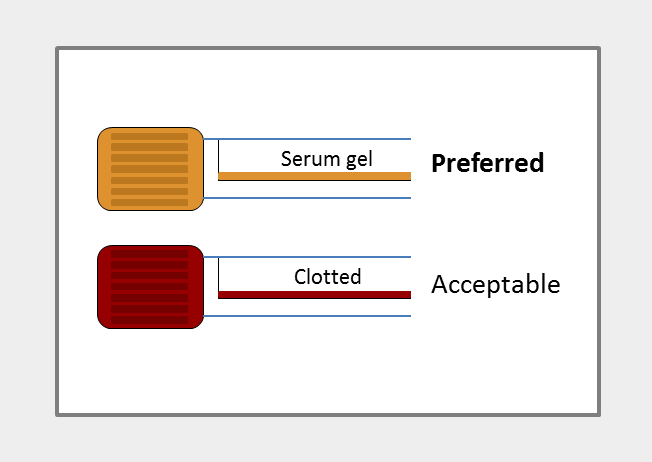|
Sex |
Age |
DHEAS Range (μmol/L) |
|
Female |
≤ 11 months |
0.1-23.3 |
|
Female |
1 year old |
0.1-1.5 |
|
Female |
2-3 years |
0.1-0.6 |
|
Female |
4-9 years |
0.1-2.9 |
|
Female |
10-15 years |
0.9-6.7 |
|
Female |
16-21 years |
2.7-11.2 |
|
Female |
≥ 22 years |
0.7-12.5 |
|
Male |
≤ 11 months |
0.1-23.3 |
|
Male |
1 year old |
0.1-1.5 |
|
Male |
2-3 years |
0.1-0.6 |
|
Male |
4-9 years |
0.1–2.4 |
|
Male |
10-15 years |
1.0–7.3 |
|
Male |
16-21 years |
2.8–14.2 |
|
Male |
≥ 22 years |
0.9–15.4 |
Results outside the reference range do not necessarily indicate disease. Similarly, results within the reference range do not preclude abnormality. Please contact the Duty Biochemist for discussion of individual patient results.

